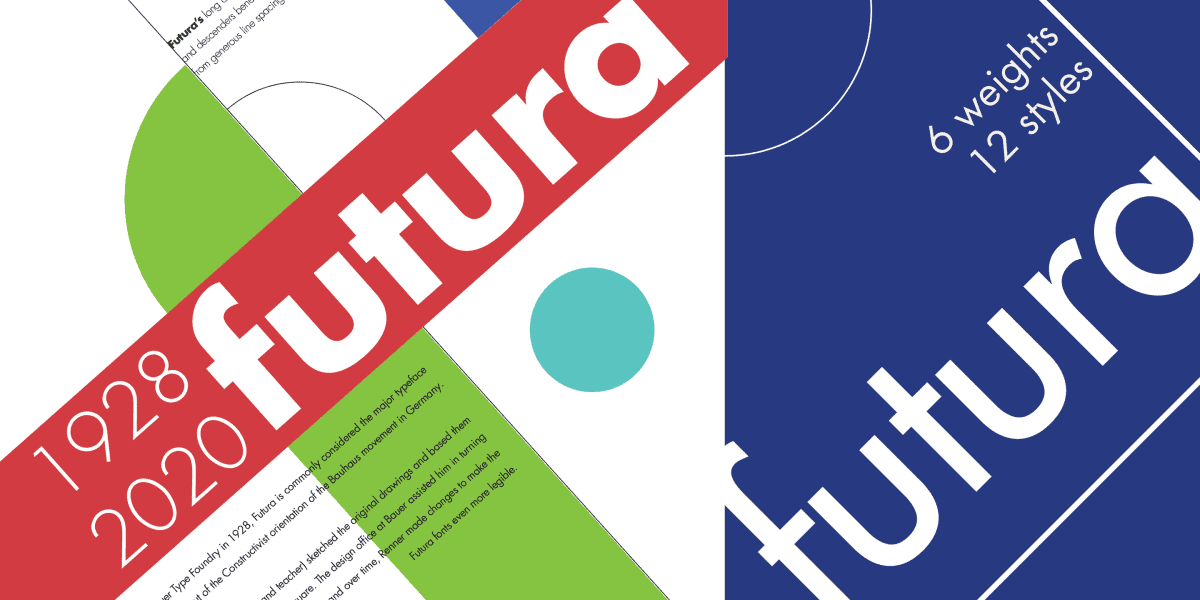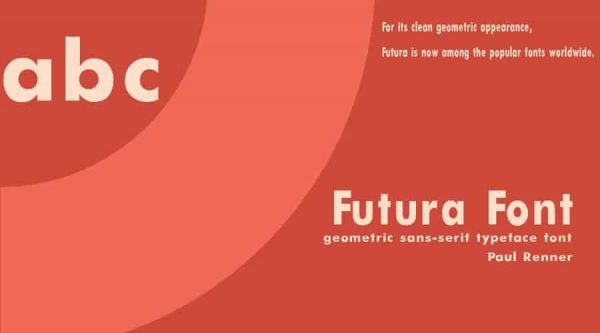Enjoy 25% Off All Fonts. Use Coupon Code ENDYEAR25 before December 31, 2025.

Timeless is probably the correct word to describe a future font. A font that was designed decades ago but still able to stand the test of time. Multiple fonts fall under this category, with Futura being one of the most popular. Why so? What makes it remain popular to this day? Let’s find out the answer in the following discussions.

In 1924, German typographer Paul Renner started his work on the Futura font as part of the New Frankfurt Project. It’s a low-cost housing development that has received support from some well-known architects at that time.
Futura is classified as a geometric sans serif because of its clean lines. While many might identify Futura with Bauhaus design, the creator himself was more closely affiliated with the predecessor of Bauhaus, namely the New Typography Movement.
As the name implies, Futura is a future font that withstands the passage of time. Its usage is visible in many projects, from automobile manufacturers to entertainment industries. The anatomy of this attractive-looking font reveals why it remains appealing to the eye regardless of the era it’s utilized.
There is a lot to tell about Futura. To make it easier to digest, we have compiled several exciting facts about this future font which are listed below:
As a future font, Futura indeed manifests its tagline “the font of our time,” meaning its use knows no bounds, be it time or application. Not only did it survive World War and travel to the Moon, but it also became a part of human cultural heritage. Eager to know more about fonts, much like Futura? Head to Pollux of Geminorum right away.
Simply use the coupon code below and paste it on the checkout page.
Valid until the end of December 2025.